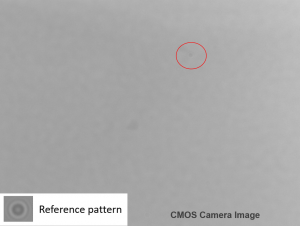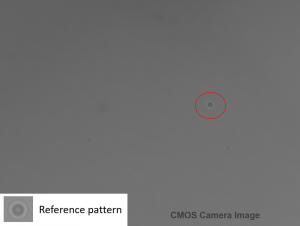The optical component without any — even the smallest, microscopic — defect has yet to be produced. As such the practical goal is not to manufacture defect-free optics but optics with a maximum number and maximum size of visual or cosmetic defects that are good enough for the specific application. Near defect-free optics are very expensive because of more demanding production processes and lower yield. As so often the task is to balance performance and cost with the requirements of the application in mind.
The traditional way of describing visual imperfections is the MIL-PRF-13830B standard that defines two numbers for scratches and digs S/D, for example 60-40. The issue with this standard is that the evaluation is done by an operator who bye eye compares a defect on an optical element with a reference. This procedure cannot be automatised and is highly dependent on the operators’ skills and experience.
A more modern and objective way is described in the standard ISO 10110-7. It defines precise sizes and frequency of occurrence for acceptable defects over a given area. This allows for the specification of smaller defect levels and makes the surface inspection process more quantitative and less prone to operator error. For details see this presentation by the University of Arizona.









